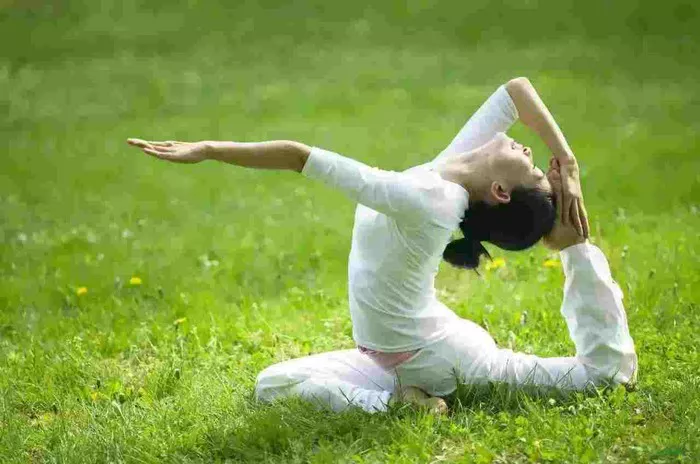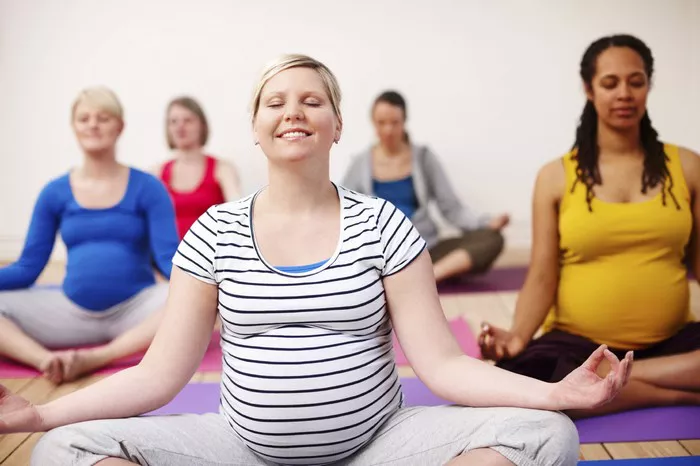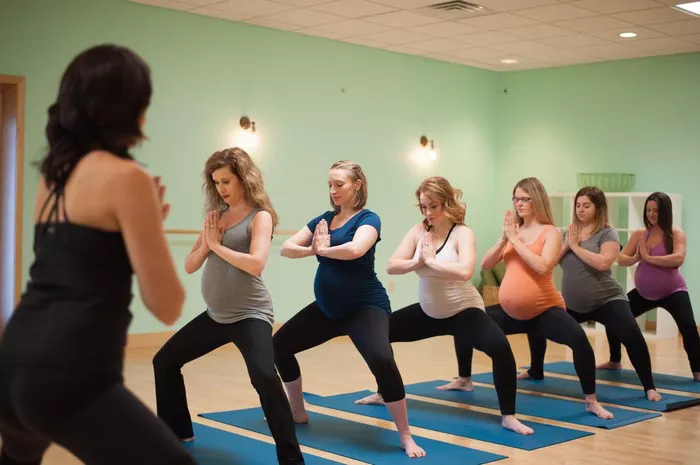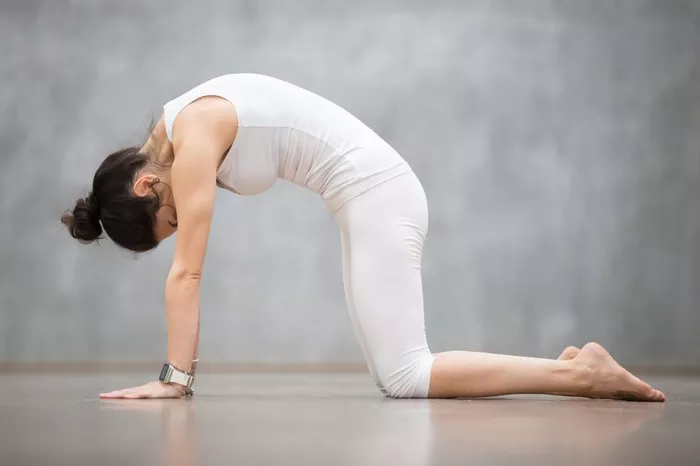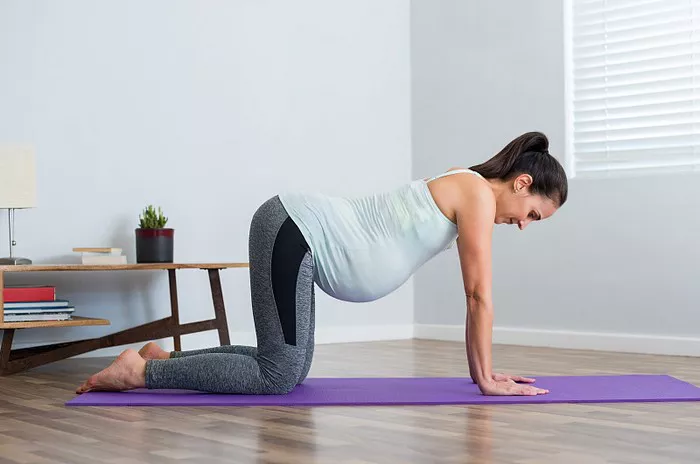Vinyasa yoga is one of the most popular and widely practiced styles of yoga worldwide. Known for its fluidity, dynamic sequences, and emphasis on breath-synchronized movement, it provides a full-body workout while also promoting mindfulness and relaxation. However, many practitioners—both beginners and experienced yogis—find Vinyasa yoga to be incredibly challenging. From its physical demands to its mental intensity, Vinyasa yoga requires dedication, endurance, and focus. But what makes it so hard? Let’s explore the reasons behind the difficulty of Vinyasa yoga and how practitioners can navigate these challenges.
1. The Continuous Flow of Movement
Unlike other yoga styles that focus on holding postures for extended periods, Vinyasa yoga emphasizes a continuous flow from one pose to another. This means there are no long rests between poses, which can be physically exhausting. The constant movement challenges muscular endurance, coordination, and cardiovascular health. Beginners, in particular, may struggle to keep up with the pace and may find themselves out of breath early in a session.
Why it’s hard: The body is in near-constant motion, requiring stamina and strength.
How to adapt: Focus on breathing deeply and evenly to maintain energy levels. If necessary, take short breaks in child’s pose to regain control.
2. The Coordination of Breath and Movement
One of the defining features of Vinyasa yoga is the synchronization of breath with movement. Each transition between poses is typically guided by either an inhale or an exhale, creating a seamless flow. This requires not only body awareness but also an advanced level of breath control (pranayama).
Why it’s hard: Many people are not used to consciously linking breath with movement, making it easy to become disoriented or breathless during the practice.
How to adapt: Start by practicing slow, mindful breathing outside of class. Try to establish a rhythm that feels natural to your body before attempting faster-paced sequences.
3. The Strength and Endurance Required
Vinyasa yoga incorporates numerous strength-based poses, such as Chaturanga Dandasana (Four-Limbed Staff Pose), Plank, and Warrior sequences. These postures demand upper body, core, and lower body strength. Unlike static postures in other styles of yoga, Vinyasa requires repeated engagement of these muscle groups throughout the class.
Why it’s hard: The repeated transitions between poses place continuous strain on the muscles, leading to fatigue.
How to adapt: Build strength gradually through modified versions of poses, such as lowering the knees in Chaturanga, and incorporate strength training into your routine.
4. The Flexibility Challenge
Flexibility plays a crucial role in performing many Vinyasa poses correctly. Deep lunges, backbends, and forward folds all require a certain level of flexibility, particularly in the hamstrings, hips, and spine. Tight muscles can make transitions more difficult and increase the risk of injury.
Why it’s hard: Many practitioners have tight muscles, particularly those who spend long hours sitting or engaging in high-impact sports.
How to adapt: Incorporate flexibility-focused practices, such as Yin yoga or gentle stretching, into your routine. Move slowly and mindfully in each posture to avoid strain.
5. The Mental Focus Required
Vinyasa yoga is not just physically demanding—it also requires mental concentration. The fast-paced sequences require constant awareness of the breath, alignment, and transitions. Unlike slower yoga styles where there’s time to adjust and settle into poses, Vinyasa leaves little room for distraction.
Why it’s hard: The need to stay present and focused can be mentally draining, especially for those with busy or anxious minds.
How to adapt: Meditation and mindfulness practices can help improve concentration. Try setting an intention at the beginning of each class to stay present and engaged.
6. The Cardiovascular Intensity
Vinyasa yoga often feels like a workout because of its cardiovascular component. The continuous movement and the engagement of multiple muscle groups elevate the heart rate, making it feel similar to aerobic exercise.
Why it’s hard: Those unaccustomed to cardiovascular workouts may find themselves struggling to keep up, leading to fatigue and breathlessness.
How to adapt: Start with slower-paced Vinyasa classes before advancing to faster flows. Incorporate regular cardiovascular exercise, such as walking or cycling, to improve endurance.
7. The Variety and Complexity of Sequences
Vinyasa yoga does not follow a set sequence like Ashtanga yoga. Each class can be different, featuring a unique combination of poses and transitions. This unpredictability requires adaptability and a strong foundation in yoga postures.
Why it’s hard: Without a fixed sequence, students may find it challenging to anticipate movements, making the practice feel overwhelming.
How to adapt: Familiarize yourself with common Vinyasa sequences and foundational poses. Attending classes regularly with the same instructor can also help build consistency.
8. The Heat Factor (in Heated Classes)
Many Vinyasa yoga classes are taught in heated rooms, which adds another layer of difficulty. Heat increases sweating, raises the heart rate, and can make breathing more difficult, intensifying the physical challenge.
Why it’s hard: High temperatures can lead to quicker fatigue, dehydration, and dizziness.
How to adapt: Stay hydrated before and after class, and listen to your body. Take breaks when needed, and don’t push yourself beyond your limits.
Conclusion
Vinyasa yoga is hard, but it is also incredibly rewarding. The physical strength, flexibility, mental focus, and breath control required make it a well-rounded practice that benefits the body and mind. While it may be challenging at first, persistence and consistency will lead to improvement over time. By listening to your body, practicing mindfulness, and gradually building endurance, you can develop a deeper appreciation for Vinyasa yoga and its transformative power.
If you find Vinyasa yoga difficult, remember that yoga is a journey, not a destination. Progress happens gradually, and every step on the mat brings growth. So, embrace the challenge, breathe deeply, and enjoy the flow.
Related Topics:

